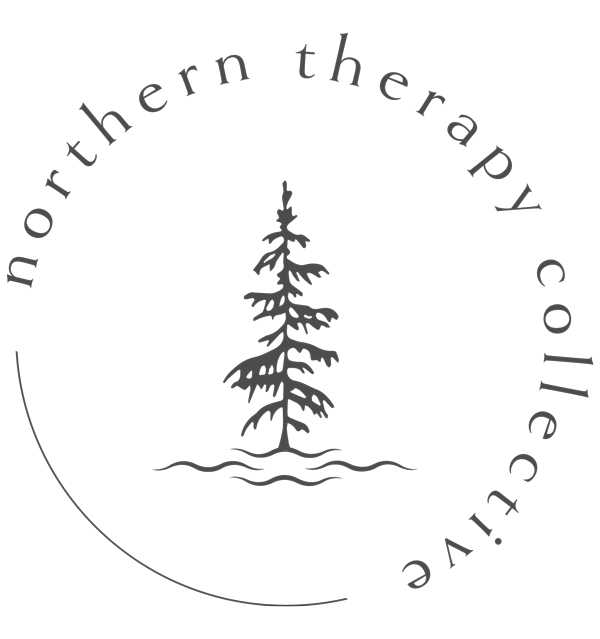THERAPY TALK: Reinforcement
Since it’s Behavioural Activation week, here on the NTC blog, we thought we would take a stab at explaining a longstanding behavioural therapy term: “reinforcement”.
In the context of psychotherapy, the term “reinforcement” dates back to the mid 1950’s when psychologist B.F. Skinner was first promoting his theory of motivation and behavioural change. Skinner and his colleagues hypothesized that we can control and shape behaviour by influencing the consequences that follow those same behaviours. More specifically, providing “reinforcement” (or rewards) for certain behaviours makes them more likely to continue, whereas punishment makes them more likely to stop.
As a straightforward example, let’s say Bob and Joe both take up jogging. After a couple of days, Bob’s friend mentions that he’s “looking great” whereas Joe is experiencing terrible knee soreness. Who do you think is more likely to continue jogging? The runner who’s been “rewarded” with compliments from friends or the runner who’s been “punished” with physical pain? Pretty common sense stuff, right?

So how do these learning theories from the 1950’s apply to mental health in 2023? Well, as we described in yesterday’s blog, Behavioural Activation is considered a frontline treatment for many mental health concerns (including major depression) and, just as the name suggests, it is heavily based in these early behavioural principles.
Part of what we are trying to achieve in Behavioural Activation is a “positive spiral” of reinforcement where healthy behaviours are “rewarded” with positive moods and feelings (e.g. joy, accomplishment, connectedness), making it more likely for us to continue engaging in those behaviours going forward. This is also sometimes referred to as the “positive snowball” effect.
A classic example to illustrate this concept is someone who knows that physical exercise will help to improve their mood but does not have the energy for their usual 3km hike. Perhaps that person will set the smaller (preliminary) goals of lacing their shoes, sitting outside on the deck, or perhaps just walking to the end of the road to check their mailbox. Before you know it, that person might be halfway around the block, telling themselves “I can go a little farther”.

A lot of what Behavioural Activation entails is finding those small moments and opportunities within the day where you can set yourself up for some positive “reinforcement” which can help propel you into the next task. That sense of reinforcement can come from many places – sometimes it’s a dopamine boost to the brain (perhaps from physical exercise or a good hit of Vitamin D), sometimes it’s a positive thought or perspective (e.g. “look at me!”, “I’m doing it”, “this isn’t so bad”) and sometimes it’s more of a planned “reward” in the form of your favourite TV show or yummy snack following a boring task or chore. The important thing is what these forms of reinforcement have in common: they make you want to keep going!




